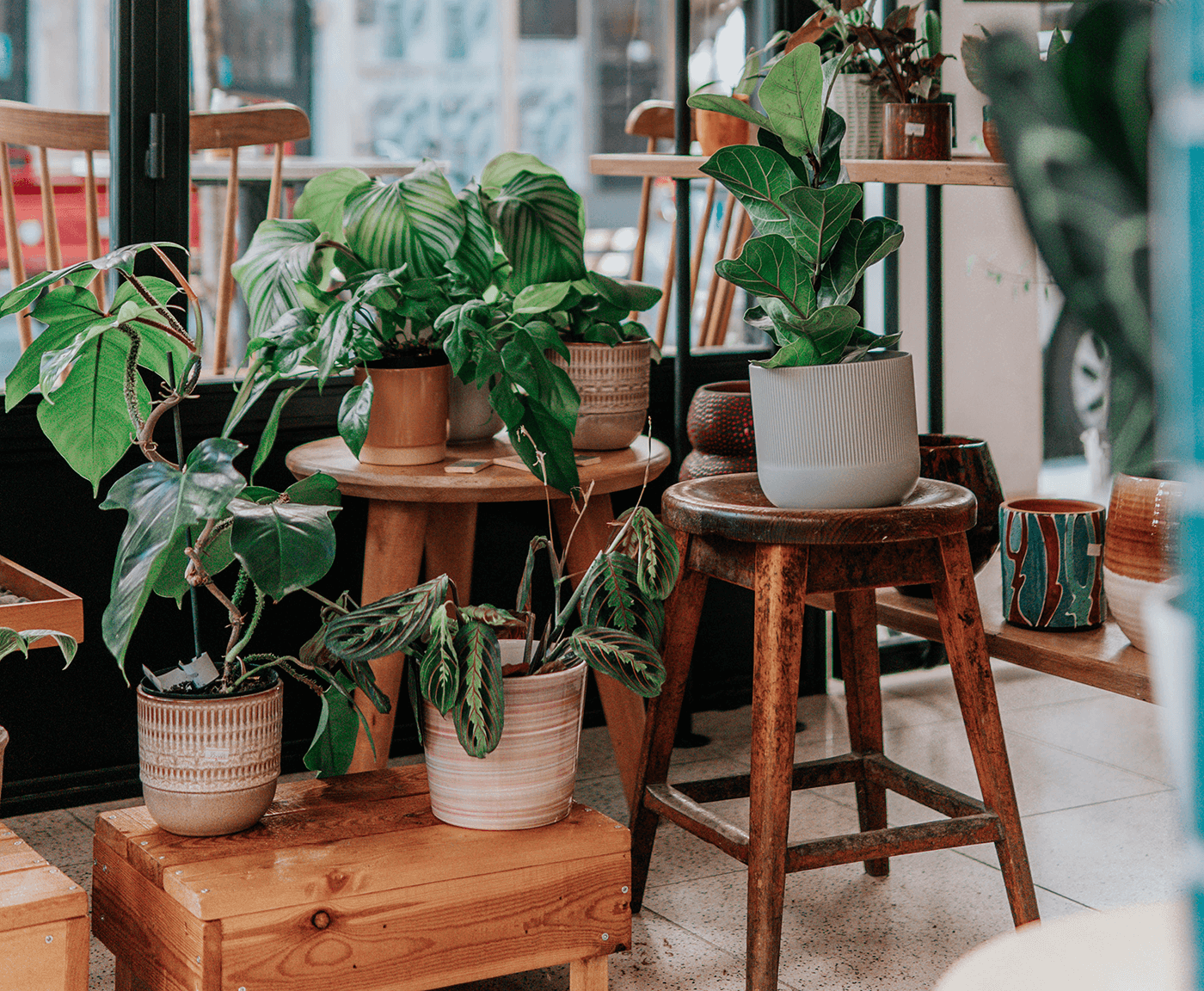Most people usually don’t think twice about watering their plants with a faucet or hose—but there are tons of benefits to collecting rainwater for your indoor plants! Here are some of them.
1/Your plants can avoid the contaminants in hard water.
Public tap water has all kinds of contaminants, including salts, minerals, plastics, chemicals, and even pharmaceuticals. All these minerals (and other unmentionables) make tap water hard, but rainwater is clean and _soft_—which is good for your plants.
2/Rainwater naturally has the best pH level for your indoor plants.
Rainwater also has a better pH for your plants. Since it’s slightly acidic (and pure), it can wash away mineral deposits in soil which can prevent indoor plants from thriving.
3/Your plants will benefit from the essential components in rainwater.
As they say, out with the bad and in with the good. Rainwater does have some additives, which can be good for plants! As long as it’s fresh (and not pooling or old), your rainwater and the essential nitrates in it will help your plants grow.
4/You don’t need to pay for it!
Rainwater is 100% free, and that fact saves more than just money off your water bill—it can reduce the strain on your communities’ water systems. Water is a precious resource, especially in some drought-prone areas of the country!
So, save money and resources by collecting fresh rainwater for your plants to drink!
How to Collect Rainwater for Indoor Plants
Collecting rainwater is easy, too. Here’s a couple of basic methods you can use at home (or wherever you are!).
Put Out Cups, Jugs, or Bowls
Any container will work for this method. You just need to put some containers out in the rain and wait for them to fill up! It’s easiest to put them just outside your window or doors, so you don’t need to go too far out in the rain to get them.
Use Downspouts on Gutters or Balconies
This method is like the first one. The difference is that you’ll place your containers underneath a downspout (which is an area where water naturally drains off of a larger surface like your roof or a balcony). If you can place something beneath a gutter drain, that’s perfect!



